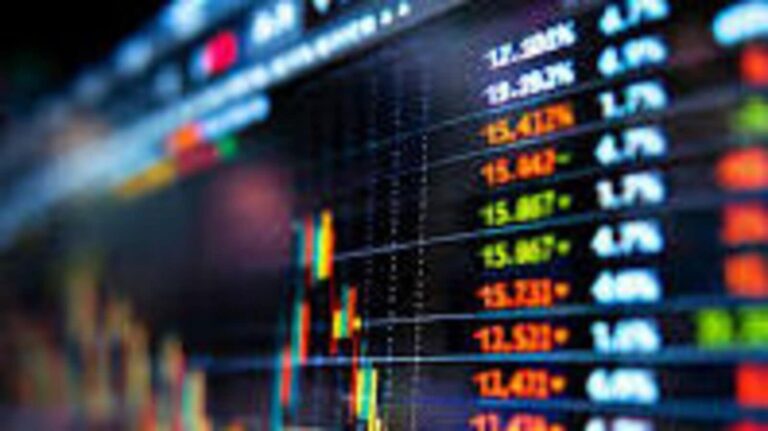Wary investors move to “risk off” mode as geopolitical tension mounts
Crude oil prices spike higher on outbreak of hostilities
US VIX volatility measure at highest point in 3 weeks
(Updates Saturday story with comment, details)
By Saqib Iqbal Ahmed, Suzanne McGee and Linda Pasquini
NEW YORK/GDANSK, June 14 (Reuters) –
Investors were on edge ahead of markets reopening late on Sunday, with risks ranging from heightened prospects of a broad Middle East war to U.S.-wide protests against President Donald Trump that threatened more domestic chaos.
Israel and Iran launched fresh attacks on each other into Sunday, with Prime Minister Benjamin Netanyahu saying Israeli strikes would intensify as Tehran called off nuclear talks that Washington had held out as the only way to halt the bombing.
Meanwhile, Yemen’s Iran-aligned Houthis joined the fray.
Oil prices rose by 7% on Friday, as Israel and Iran traded strikes, and investors will be watching closely to see how the price reacts when markets open later.
“So far we are at a stage of ‘controlled confrontation'”, said Lombard Odier’s chief economist Samy Chaar, where it is too soon to call for real and persistent economic damage despite high risk.
“For now, you get spikes in the oil price, you get volatility, everyone’s a bit nervous, but there is no clear sign that we’re moving towards the no-return type of scenario,” he said.
On Saturday, Israel appeared to have also hit Iran’s oil and gas industry for the first time, with Iranian state media reporting a blaze at a gas field.
Israel’s air offensive against Iran that began early on Friday, killing commanders and scientists and bombing nuclear sites in a stated bid to stop Tehran building an atomic weapon, knocked risky assets including stocks, on Friday. It also lifted oil prices and prompted a rush into gold and the dollar, which resumed its role as a safe-haven asset for the first time in months.
Oil prices at close to six-month highs could pose a risk to the inflation outlook, as central banks around the world grapple with the impact on prices from Trump’s trade tariffs and the effect on economic growth.
Lombard Odier’s Chaar said a spike in oil prices should not in theory derail monetary policy for now, as possible disruption to Iranian oil supplies could be partly offset by output rises elsewhere.
“It seems to me that long gone are the days when a central bank would hike rates because of a spike in the oil prices,” Chaar said, adding that policymakers will more likely stay focused on economic fundamentals and demand drivers.
Investors are nervous though, and the S&P 500 appears to have stalled after rallying about 20% from its trade war-induced April low to near record highs.
“The overall risk profile from the geopolitical situation is still too high for us to be willing to rush back into the market,” said Alex Morris, chief investment officer of F/m Investments in Washington.
, organised by the “No Kings” coalition to oppose
of two Minnesota state lawmakers on Saturday, added to downbeat sentiment.
U.S. stock futures are set to resume trading at 6 p.m. (2200 GMT) on Sunday.
With risky assets sinking, investors’ expectations for near-term stock market gyrations jumped.
The Cboe Volatility Index, often called the Wall Street “fear index”, rose 2.8 points to finish at 20.82 on Friday, its highest close in three weeks.
Michael Thompson, co-portfolio manager at boutique investment firm Little Harbor Advisors, said he would be watching near-term volatility futures prices for any rise toward or above the level for futures set to expire months from now.
“This would indicate to us that near-term hedging is warranted,” he said. (Reporting by Saqib Iqbal Ahmed and Linda Pasquini; Editing by Alden Bentley, Richard Chang, Amanda Cooper and Susan Fenton)
